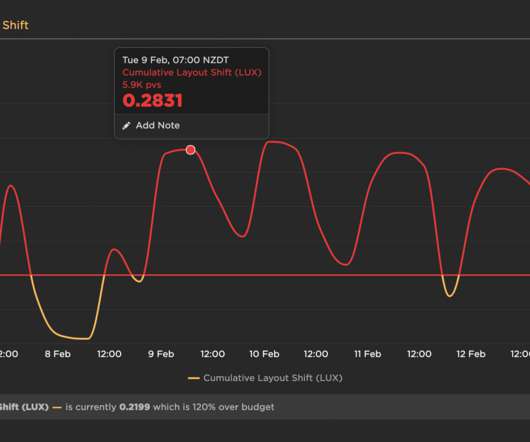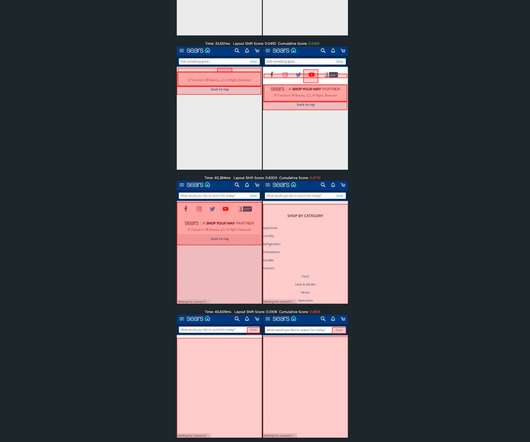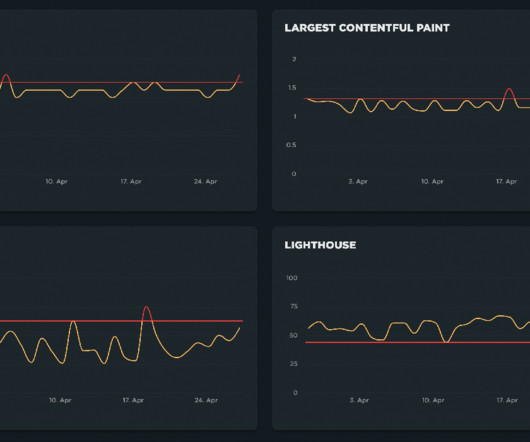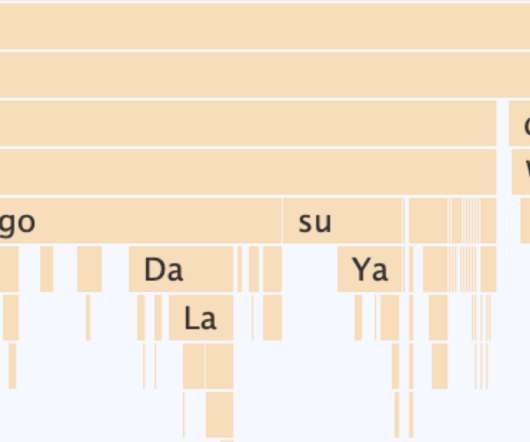An Opinionated Guide to Performance Budgets
Speed Curve
FEBRUARY 15, 2021
Google Lighthouse is an open-source tool that checks your page against rules for Performance, PWA, Accessibility, Best Practice, and SEO. In an ideal world, pages served to mobile devices should be under 1 MB – and definitely not more than 2 MB – but I often see pages in excess of 5 MB. > Speed Index (Synthetic).











Let's personalize your content